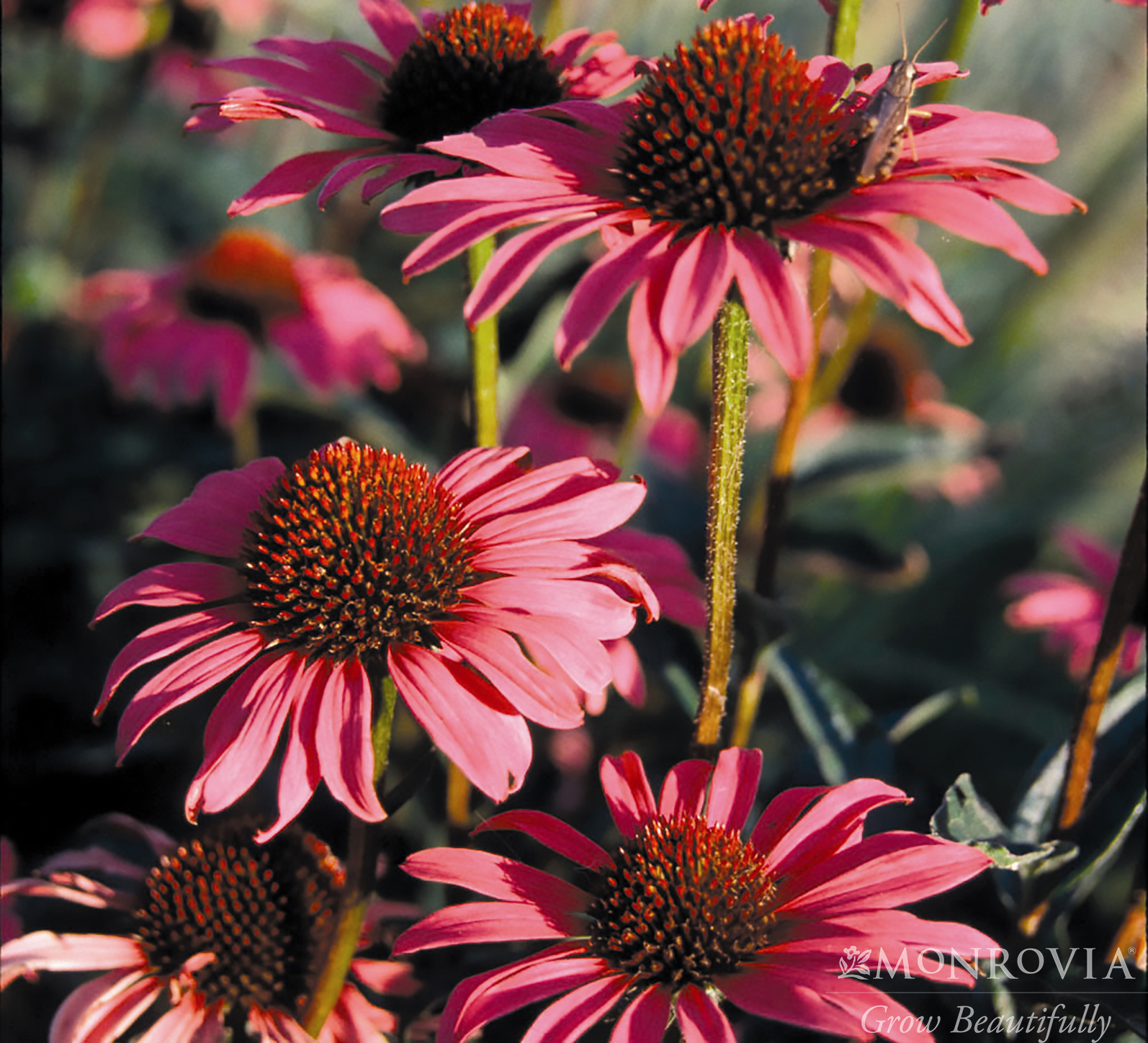

Some, including ‘Magnus’, are hardy to Zone 3, where winter temperatures may plummet to -30 degrees. Fruity orange flowers, mop-topped doubles, and even fiery red coneflowers have come on the market and are all the rage.Ĭoneflowers are native to the eastern and central U. ‘Magnus’, which has flower stalks up to four feet tall, was named plant of the year by the Perennial Plant Association in 1998, and since then the selection of coneflowers has exploded: modern hybridizers have introduced a startling palette of pale lemon yellow, creamy white, soft pink, and rich magenta blooms. Purple coneflower (Echinacea purpurea), with its glowing prickly orange dome and luminous purple petals, is the best-known of the native coneflowers. Their colorful and sturdy flowers can be relied upon from midsummer through early fall. They are tough plants with coarse foliage, but their abundant bloom makes up for the rough edges. The prickly-headed coneflowers belong to the genus Echinacea, in the same family as black-eyed Susans (Rudbeckia).

These cheerful prairie natives are colorful and adaptable: they were the jewels of the prairie, and they sparkle in modern flower beds too, sharing space gracefully with roses, daylilies, iris - natives and non-natives of all kinds. Echinacea also known as Coneflowers are the poster plant of native-plant gardening.


 0 kommentar(er)
0 kommentar(er)
